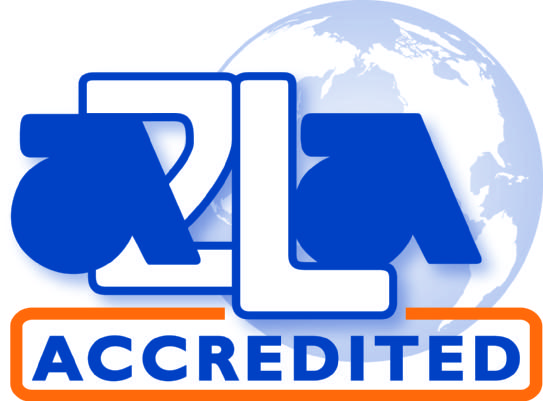
If you want to understand the importance of proper bolting in civil engineering and bridge construction, spend some time reading about what happened to the Bay Bridge in California in 2013.
According to the Los Angeles Times, 32 bolts on the bridge snapped during tightening in March of that year, “leaving the seismic safety of the massive endeavor in question.”
These thick steel bolts connect the deck of the bridge to its “sheer keys” which control movement of the bridge during an earthquake.
From the LA Times:
“The massive bolts failed due to a phenomenon called hydrogen embrittlement, in which hydrogen atoms invade the spaces between the steel’s crystalline structure and weaken it. That may have occurred during galvanization, or when the bolts sat for years untightened in casings that filled with water.
[The California Department of Transportation] has said that it asked the manufacturer to use a galvanization process less likely to cause hydrogen embrittlement but that in retrospect it should have tested the bolts more thoroughly in the lab before installing them.”
Although no one was hurt, the incident led to years of investigation and dispute over who was at fault. The bridge contractor managed to avoid paying millions in fines.
But it could have been worse, which is why bolting in civil engineering is so crucial, as is knowing why bolts fail.
Bolting in civil engineering: reasons for bolt failure
Some common types of bolt failure include improper torque, overload, improper design, hydrogen embitterment – like in the bridge incident we referenced early – and fatigue.
Of all these causes, fatigue is the most common. It can happen when:
- Bolt relaxation caused by a fastener being exposed to elevated temperatures
- Pre-load torque value that is too low
- Improper yield stress, either too high or too low
- Loosening caused by vibration
You can prevent fatigue-related failure by:
- Making sure the torque value in your engineering drawings are appropriate for the diameter and bolt alloy
- Tack welding the head or employing a safety wire in high-vibration conditions
- Picking the proper strength and toughness material for the bolt
- Making sure the fastener hole is clear of dirt or corrosion, as this can throw off torque readings
- Employ additional supports to reduce vibration and operating stress
- Always using the appropriate torque tools for every bolt tightening application
 Whenever workers have questions about bolting, Maxpro is ready to provide the answers. We’ve spent more than 25 years helping our clients perform bolting in the civil engineering and construction sectors.
Whenever workers have questions about bolting, Maxpro is ready to provide the answers. We’ve spent more than 25 years helping our clients perform bolting in the civil engineering and construction sectors.
Not only are we leading supplier of top-quality torque tools from RAD, we’re also a state-of-the-art calibration laboratory accredited by A2LA, America’s leading ISO/IEC accreditation body.
Contact us today to learn how our tools and our lab can help you make sure you achieve proper torque in your next project.





